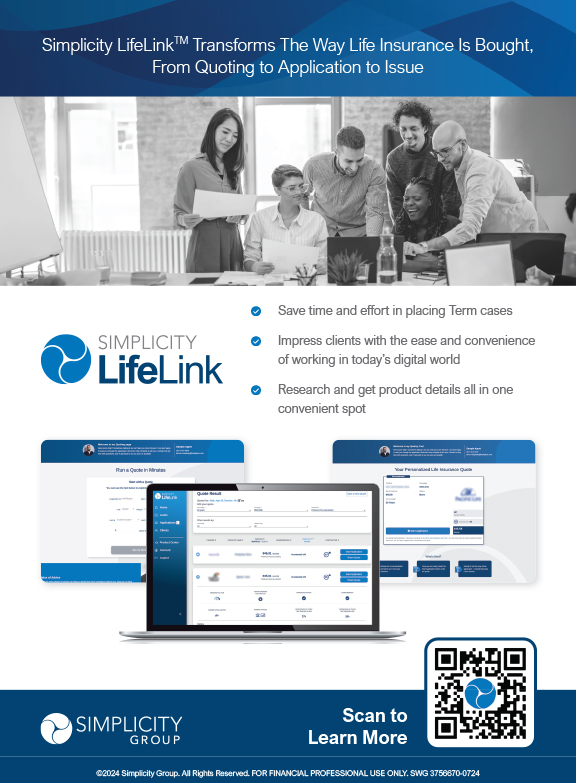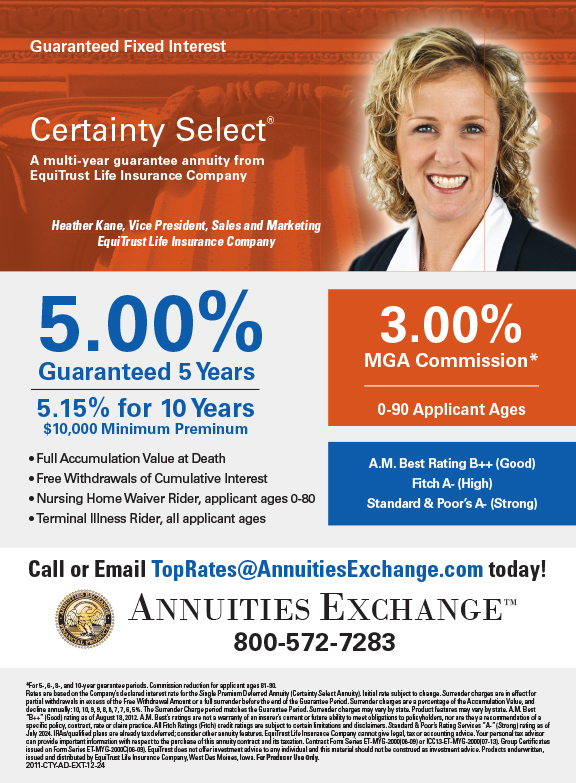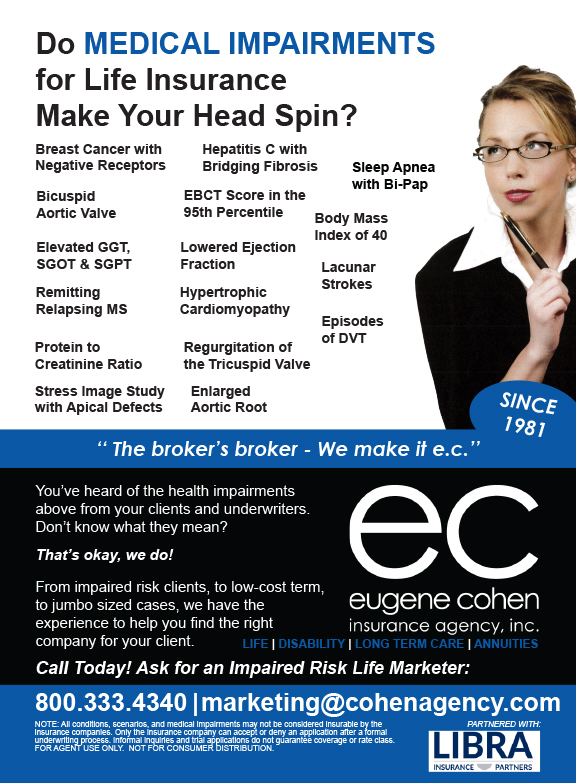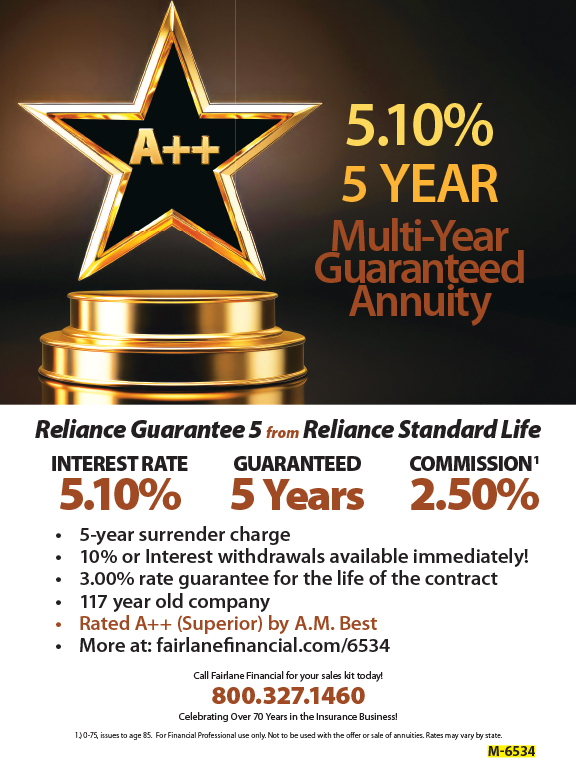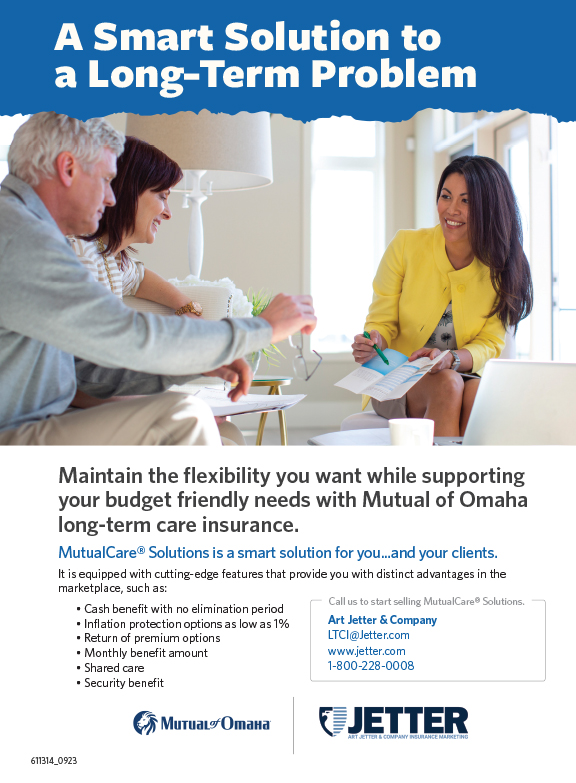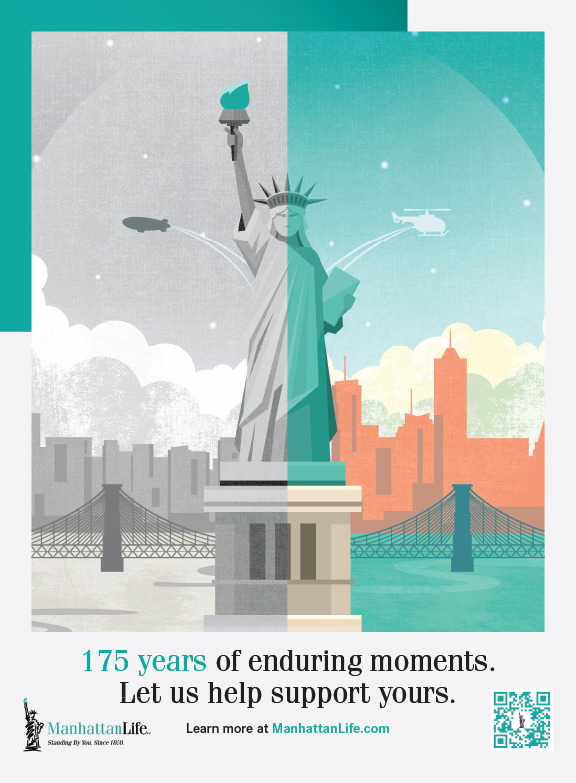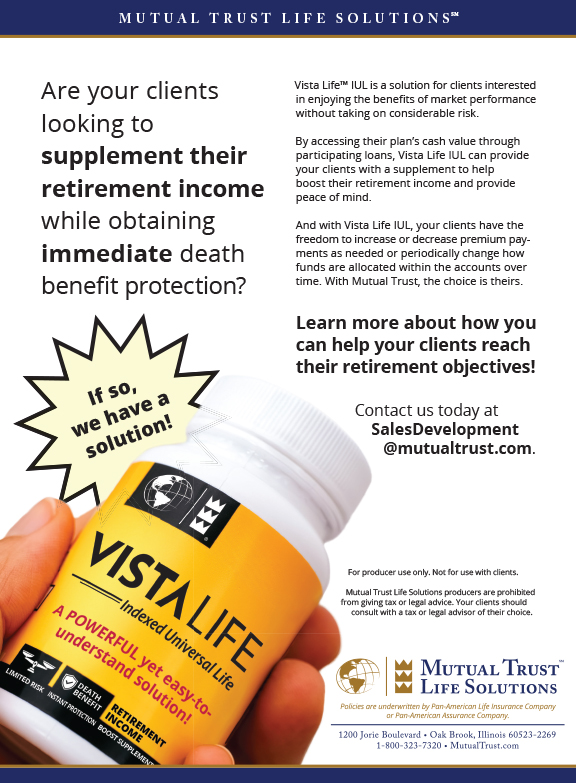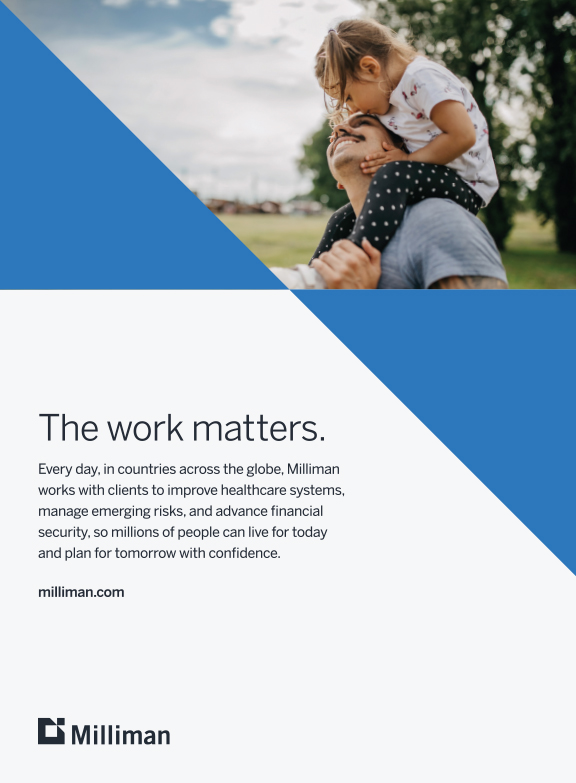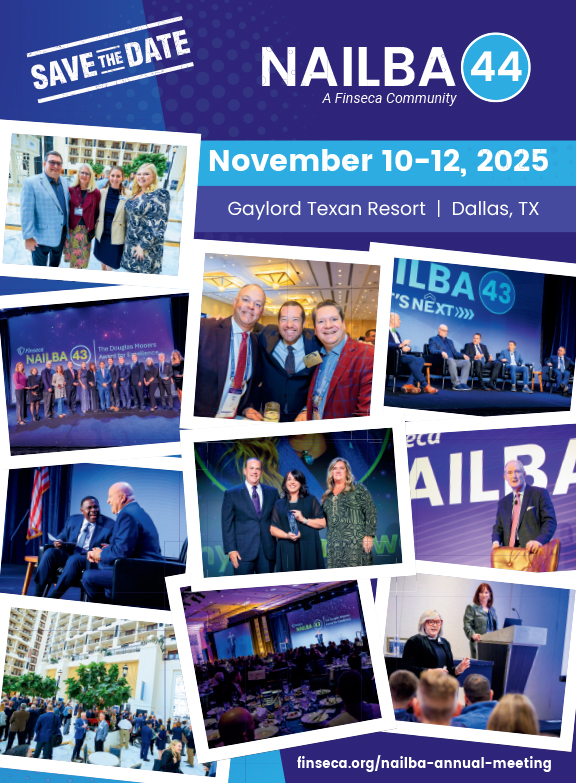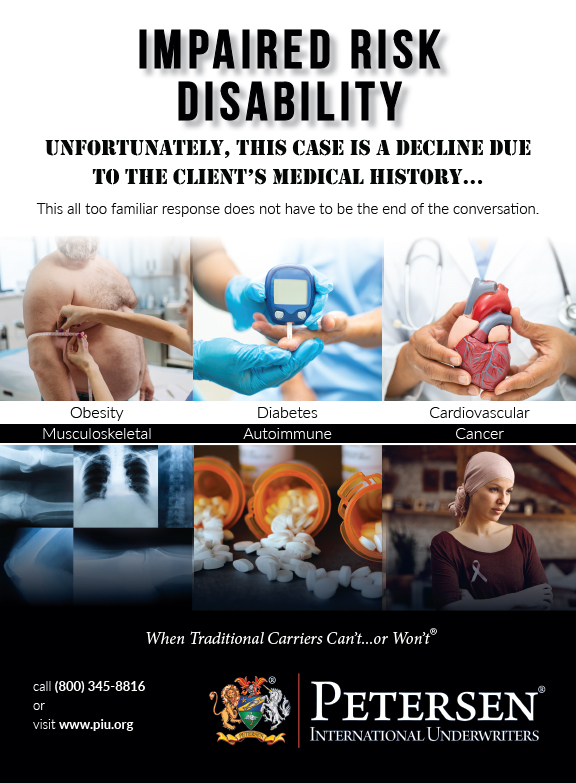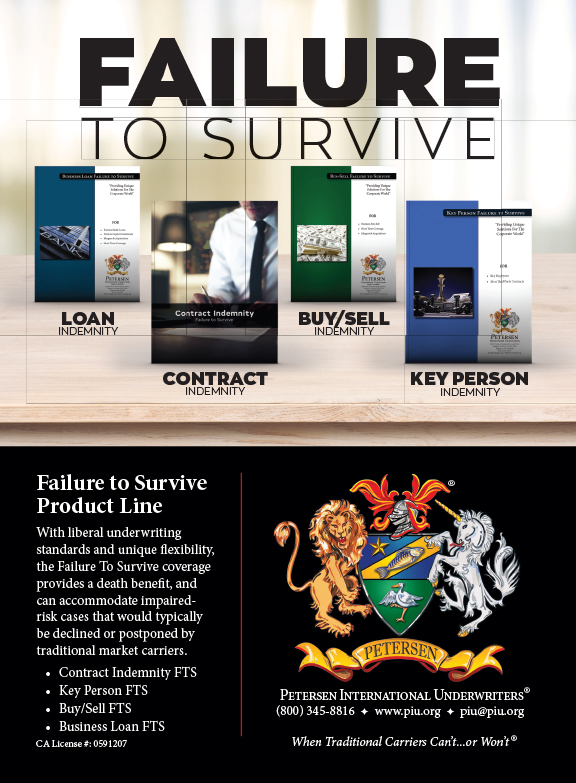Everyday life forces people to be consumers. Very few of us could survive on earth without paying for the necessities and the facilities that we use every day.
The human body, a magnificent machine, cannot survive without food for energy, growth, reproduction, healing wounds and preventing disease. Shelter is required or life can be snuffed out by the elements.
Clothing, even though it has become an art form, is basically a form of protection from the burning sun, the freezing rain and wind, as well as defense against exposure and disease.
In these modern times, a fourth necessity has entered life’s picture, and that necessity is money for health care. Today’s world is crowded by fast-moving things that substantially increase the odds of accidental bodily injury. In addition, living close to others increases the transmittal of disease. Physicians, hospitals, medicines and technicians have become a built-in part of our living standards. Like the constantly moving second hand on the clock, life is being consumed, but from an economic point of view, each tick of the hand on the clock represents an expenditure of money—there is no break, no way to stop the spending.
A person can jump in bed, cover up his head, grit his teeth and vow not to spend any more money. But that won’t work; without nourishment, he will die. The choice is to spend money or to die.
The first lesson in Personal Economics 101 is that the only antidote to having to spend money to live is to have a sufficient amount of money to cover those costs. For most people this means earning the money, because very few have been gifted a sufficient amount of money to pay for a lifetime of needs.
In the course of life, one can encounter a number of income interruptions: job loss, business failure, mental or physical disability and death. The most potentially disastrous of all is becoming disabled to the extent that one cannot work and produce income.
The economic problem of becoming disabled (which is created by the very living of life itself) has been recognized for centuries, with the result being the creation of certain forms of insurance that provide income to a disabled person. Developing and underwriting such coverage involves many complex factors including medicine, law, psychology, finance and integrity.
Unfortunately, the complexity of underwriting a disability risk has discouraged both insurance carriers and field underwriting insurance agents or brokers from concentrating on this form of critical and badly needed insurance. Among the many U.S. domiciled insurance companies, there has been little interest in disability insurance. This can be attributed to the fact that some companies do not want to promote such coverage for fear of getting too much business in-force and, thus, risking great claims losses.
The objective of this article is to provide practical information about the need for DI products, and an understanding of the uses and limitations of these products.
According to the U.S. Social Security Administration’s Fact Sheet (February 7, 2013), 69 percent of workers in the private sector have no private long term disability insurance. It is estimated by professional surveys that fewer than 27 percent of American income earners are protected by any form of disability income insurance. It is further estimated that fewer than 50 percent of all business owners have ever had the subject of disability insurance discussed with them. Life insurance agents tend to concentrate on life insurance. Health insurance agents tend to concentrate on health insurance. Casualty agents tend to concentrate on property and casualty insurance.
Who will do the important job of delivering disability insurance to serve the American people? The answer is that it will be a conglomeration of insurance agents and brokers from all of these fields of specialization. But they need education about how to provide a solution for the client’s needs.
Personal economics is a plan designed to balance the costs of a selected lifestyle with the funds that will be available for that purpose.
Criticism has been slanted toward the American consumer because of failure to save a significant portion of earned income. Some estimates indicate that average American income earners save less than four percent of what they earn. This is deemed to be dangerously low and inadequate to handle emergency matters that may happen during the working career of individuals, and certainly inadequate to build an adequate and dependable retirement income account.
These surveys, however, tend to measure only those amounts that are easily traceable into some form of an investment program, whether that be a financial institution such as a bank or a savings plan into a specifically designed insurance program with cash value build-up or retirement income benefits being the paramount objective of the plan.
In fairness to the American consumers, who is constantly touted and badgered by advertisements to buy things that add to the dynamics of life and to the pleasures of living, it should be pointed out that the expenditure of money on a mortgage loan to buy a home is a process of converting cash flow income into an equity build-up. This is a form of savings.
Paying the premium on a cash-value life insurance policy may be measured as expenditure, but in reality, in part, the premium paid is a transfer of cash into an equity build-up called cash value. This is a form of savings.
A time purchase plan used to buy a new automobile means that a little of that payment is transferred into ownership of the vehicle, and that upon payoff of the obligation, there exists something of value. Not all the payments have been spent, lost and gone forever.
It is important that American consumers have an awareness of how they spend their money. They must plan for economic problems and conditions during the course of their lives that will challenge their ability to cope and to survive.
Savings without the element of time provides no solution to most financial problems. Saving is anticipated to be a long term process which, if uninterrupted, will achieve a substantial end result. Of greatest concern is the interruption of the process, a shortening of the time and, thereby, not achieving the intended objective.
Prudent personal economics dictates that a person be concerned about the interruption of the all-essential income cash flow required to balance outgo. He must also consider the consequences of dying too soon, living too long, or—the most probable and worse situation—becoming disabled. Appropriate new forms of disability insurance are now available to make solid disability financial planning possible and to secure the intended end results of the person’s insurance plans.








